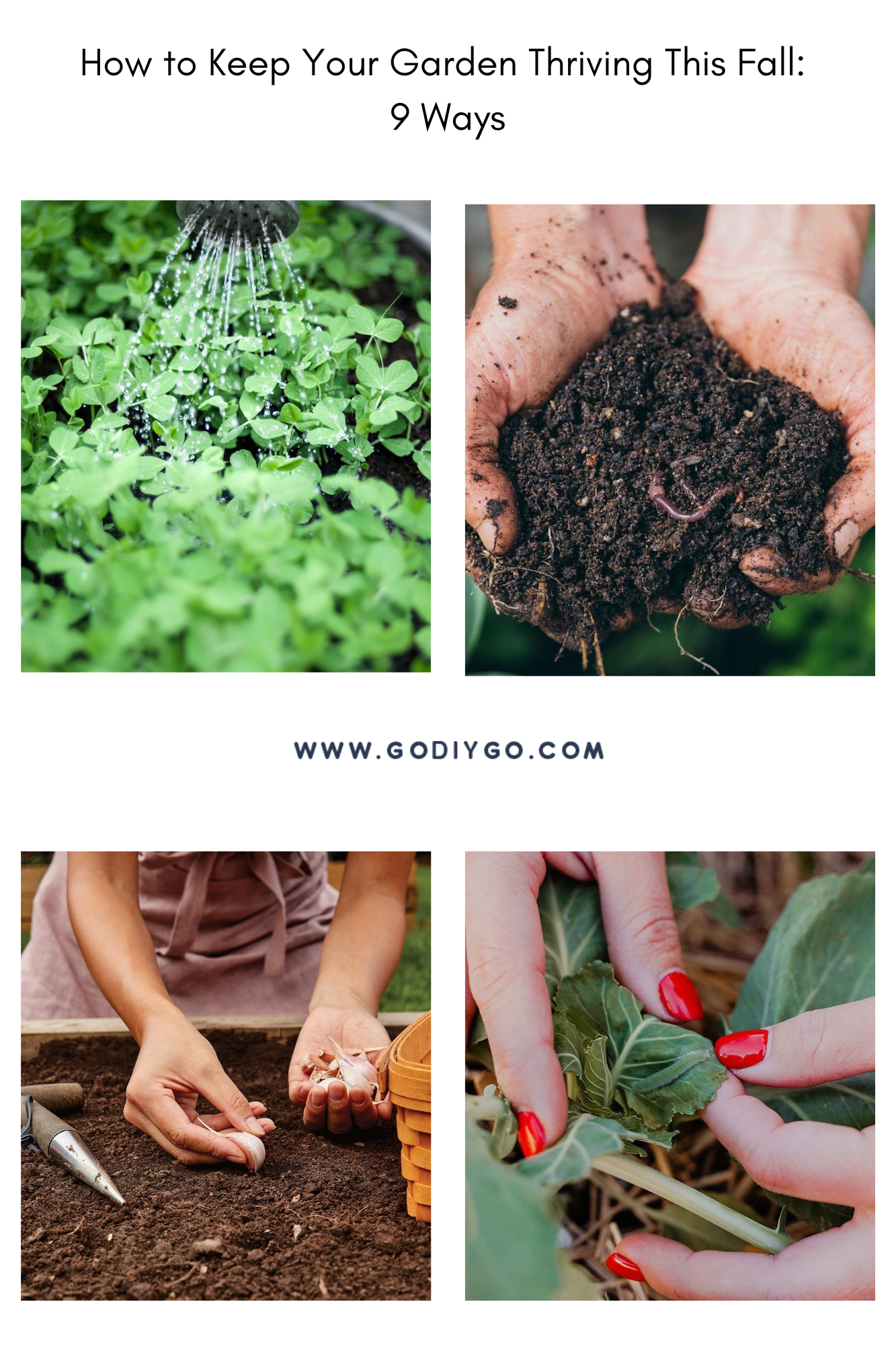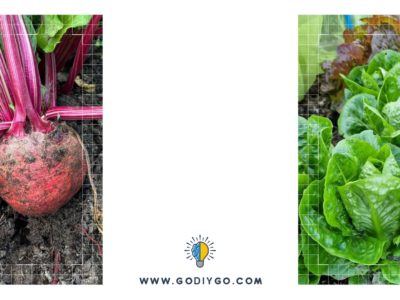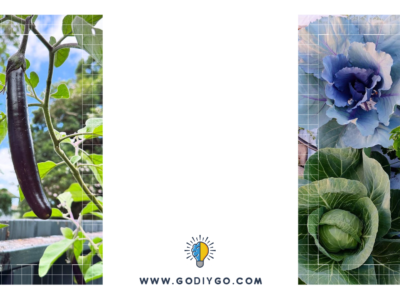Fall might signal cooler days and the end of summer blooms, but it doesn’t mean your garden has to go dormant. With a bit of extra care and thoughtful preparation, your garden can stay healthy and even flourish as temperatures drop. Here’s how you can keep your garden in top shape this autumn and get it ready for next spring’s awakening!
1. Clean Up but Don’t Strip Everything
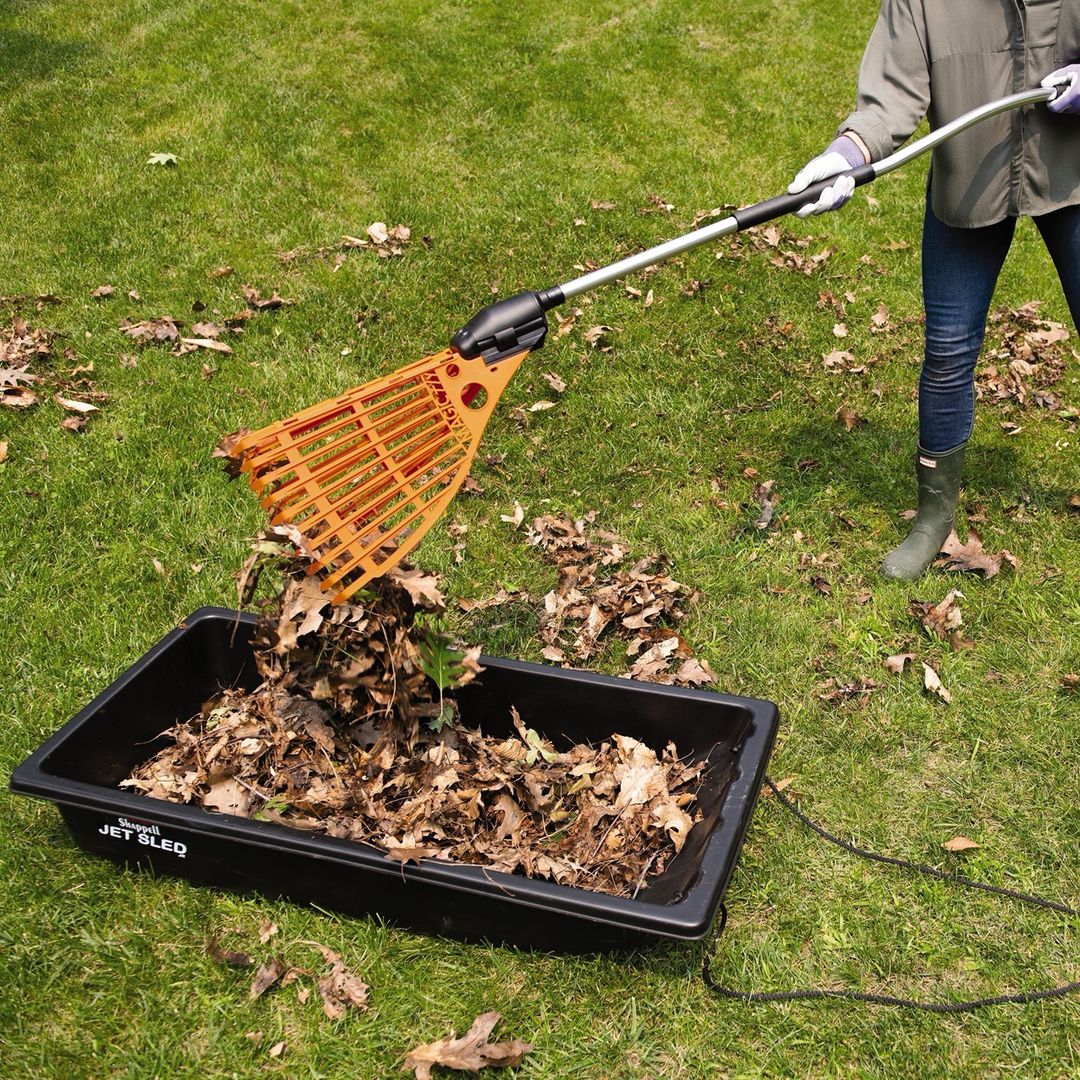
Clear away debris, prune overgrown plants, and prepare your outdoor space for a refreshing seasonal transition. Garden cleaning from @ gardeners
As you stroll through your garden, you’ll likely see the beginning of fall leaves drifting down and plants starting to fade. While it’s tempting to grab the rake and clean up everything, leave some of that organic matter behind. Fallen leaves, for instance, make excellent mulch when shredded. Spread them around your garden beds to help insulate the soil. They’ll break down over time, adding valuable nutrients to your soil.
However, don’t go overboard. Remove any diseased or pest-infested plants to prevent issues from lingering into the next season. Perennials that have finished their blooming cycle should be trimmed back, but you can leave some seed heads intact, as they provide food for birds and beneficial insects. A healthy balance is key.
2. Composting – Nature’s Nutrient Factory
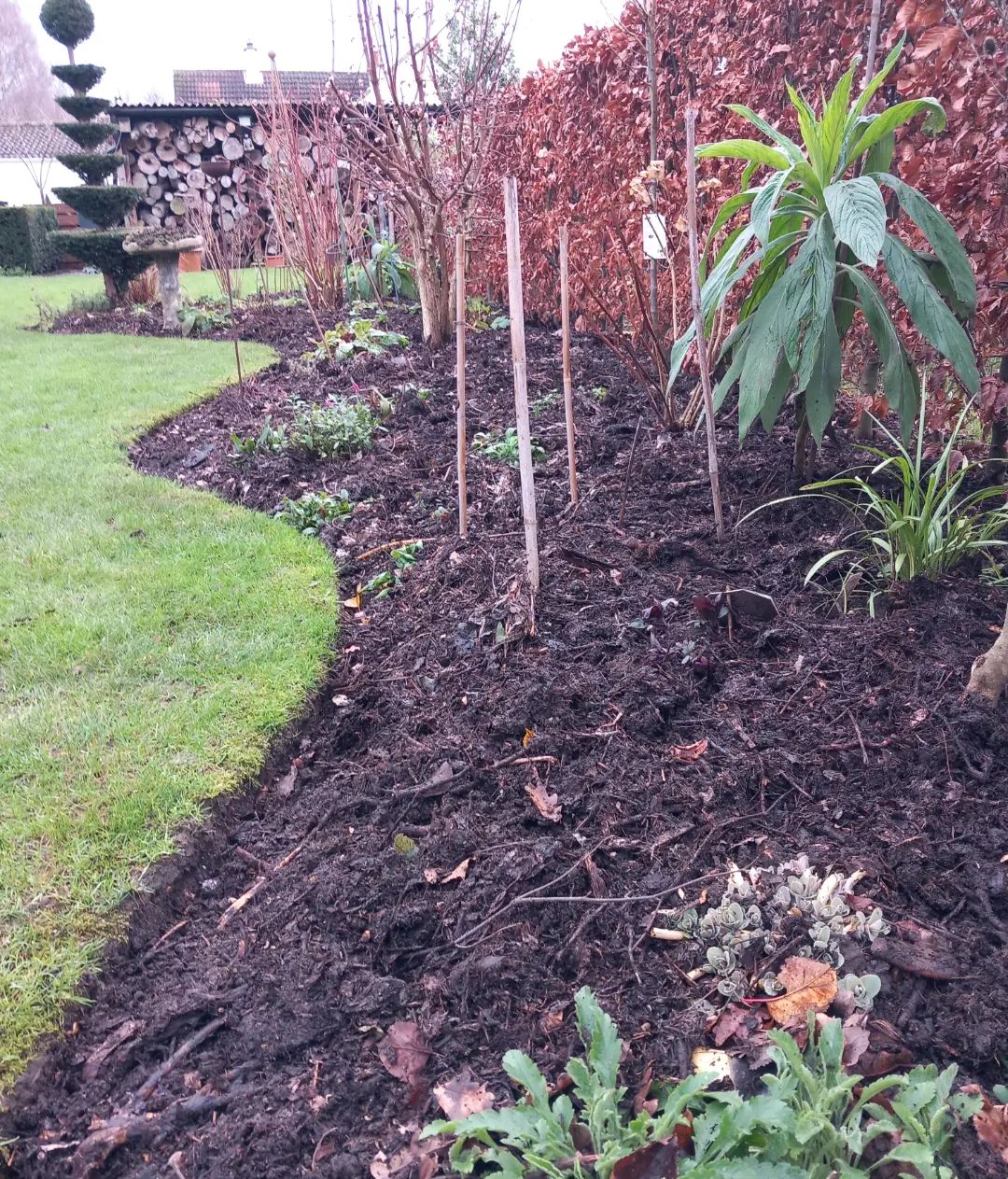
Fall is a perfect time to turn your garden clippings into gold—compost gold, that is! Homemade compost from @ cou_ntrylivingcreations
After you’ve cleaned up your garden, toss organic materials like fallen leaves, grass clippings, and old vegetable plants into your compost bin or pile. Composting not only reduces waste but also provides nutrient-rich soil amendments for next season.
If you already have a compost pile, make sure to give it a good turn and keep it moist. The decomposition process slows as temperatures drop, but it doesn’t stop completely. Keeping your compost pile active ensures you’ll have rich soil ready when spring rolls around.
3. Mulch Like It’s Going Out of Style
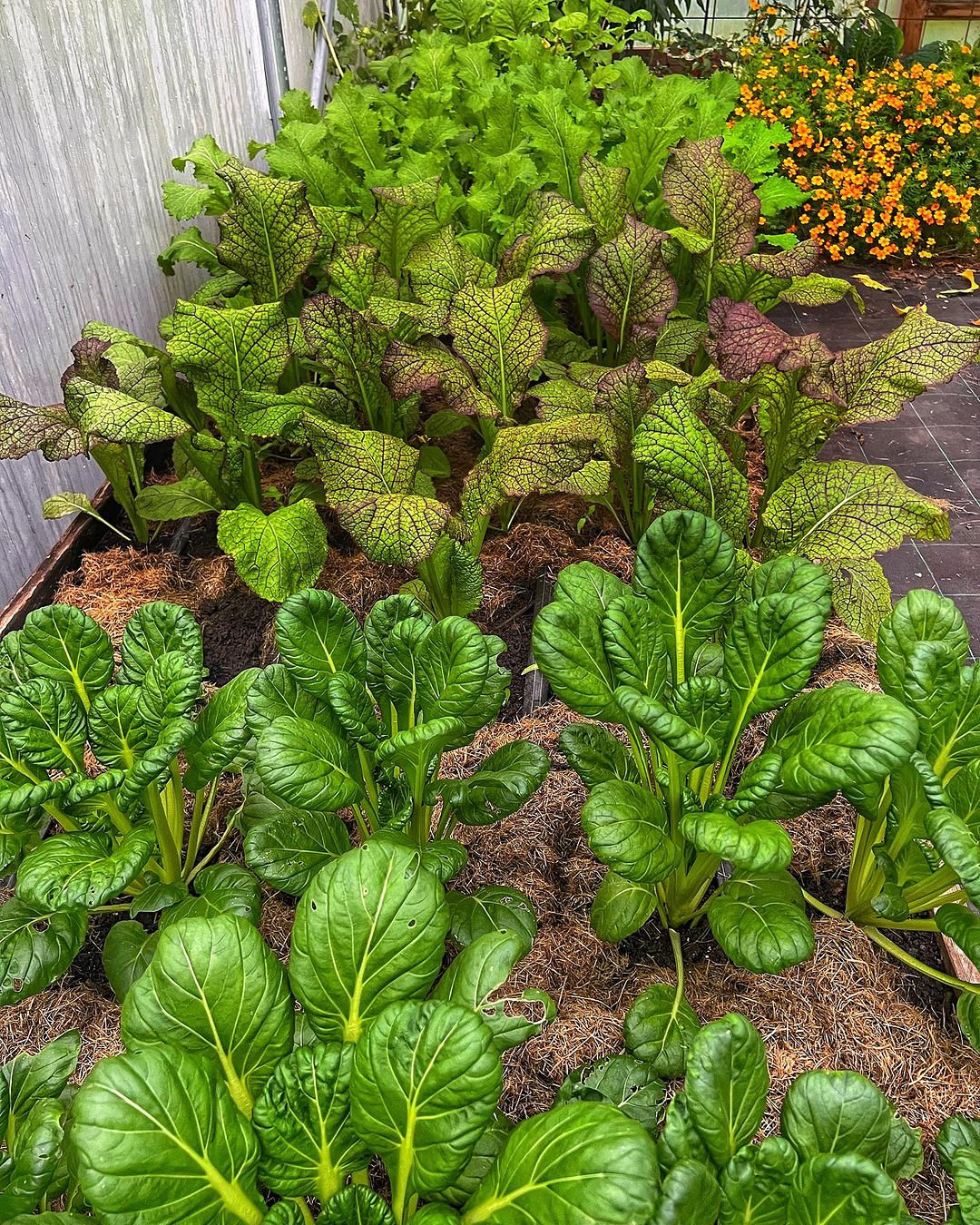
Think of mulch as your garden’s cozy winter jacket—it keeps everything snug and well-protected! Mulch from @ apple_acres_dk
One of the best things you can do for your garden in the fall is to mulch heavily. Mulch acts as a protective blanket, helping to regulate soil temperatures and retain moisture, which is essential as the days grow cooler and rainfall becomes less predictable.
Organic mulches such as shredded leaves, straw, or wood chips work wonders for flower beds, around shrubs, and even in vegetable gardens. A thick layer of mulch—about 2 to 3 inches—will also suppress weed growth and encourage beneficial microorganisms in the soil to thrive.
4. Watering: Don’t Forget Your Roots
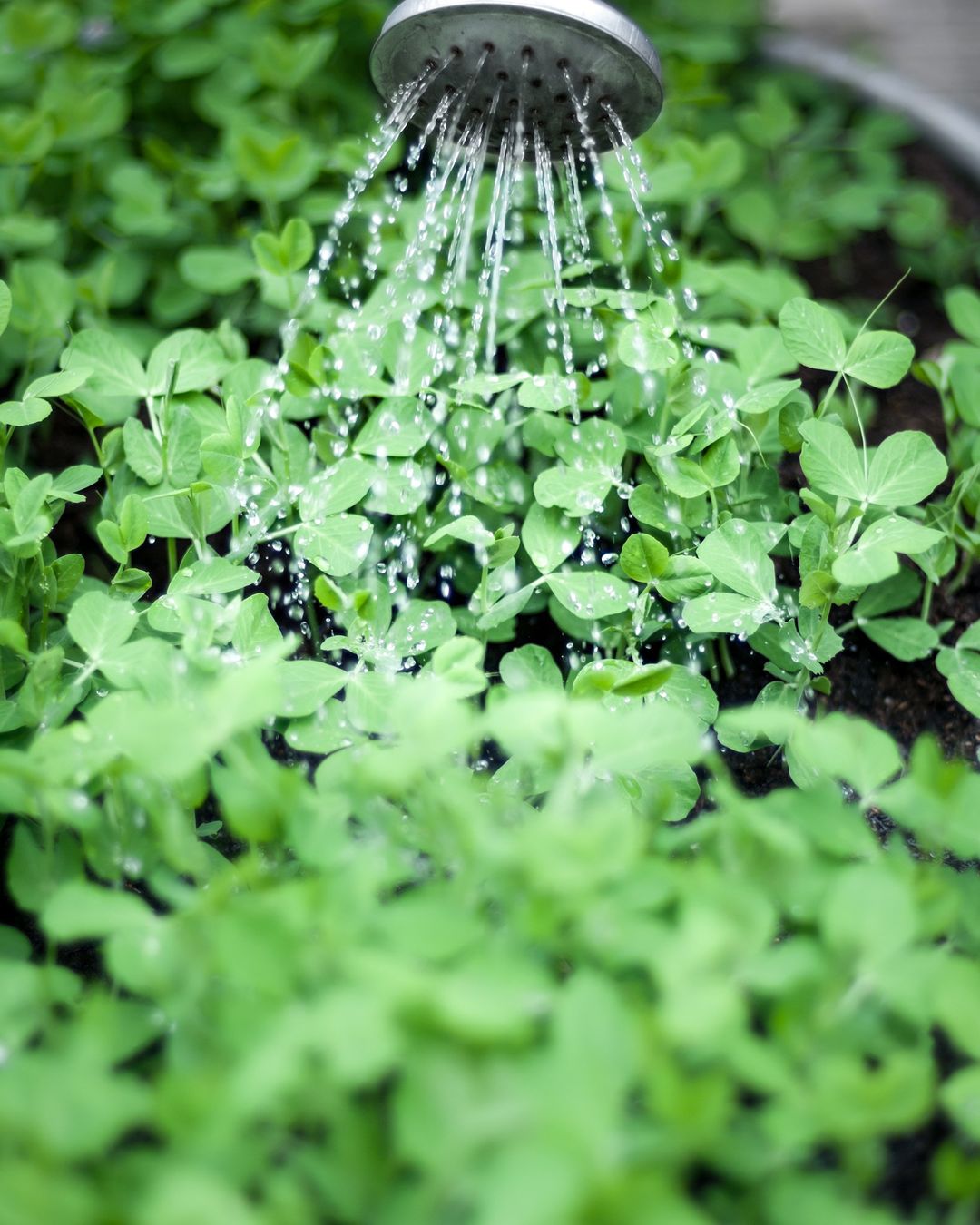
A good soaking once a week should be sufficient, but keep an eye on rainfall levels. If it’s been dry, you’ll want to compensate with extra water. Just be careful not to overwater—soggy soil can lead to root rot, which is the last thing you want heading into winter. Garden care from @ greenertidingsgardencentre
Fall weather can be deceiving. Cooler temps might trick you into thinking your garden needs less water, but in reality, your plants’ roots still require moisture to stay healthy. Continue to water your garden until the ground freezes. Pay special attention to newly planted trees and shrubs, as they need extra hydration to establish strong roots before winter.
5. Plant Fall Crops and Bulbs for Spring Surprises
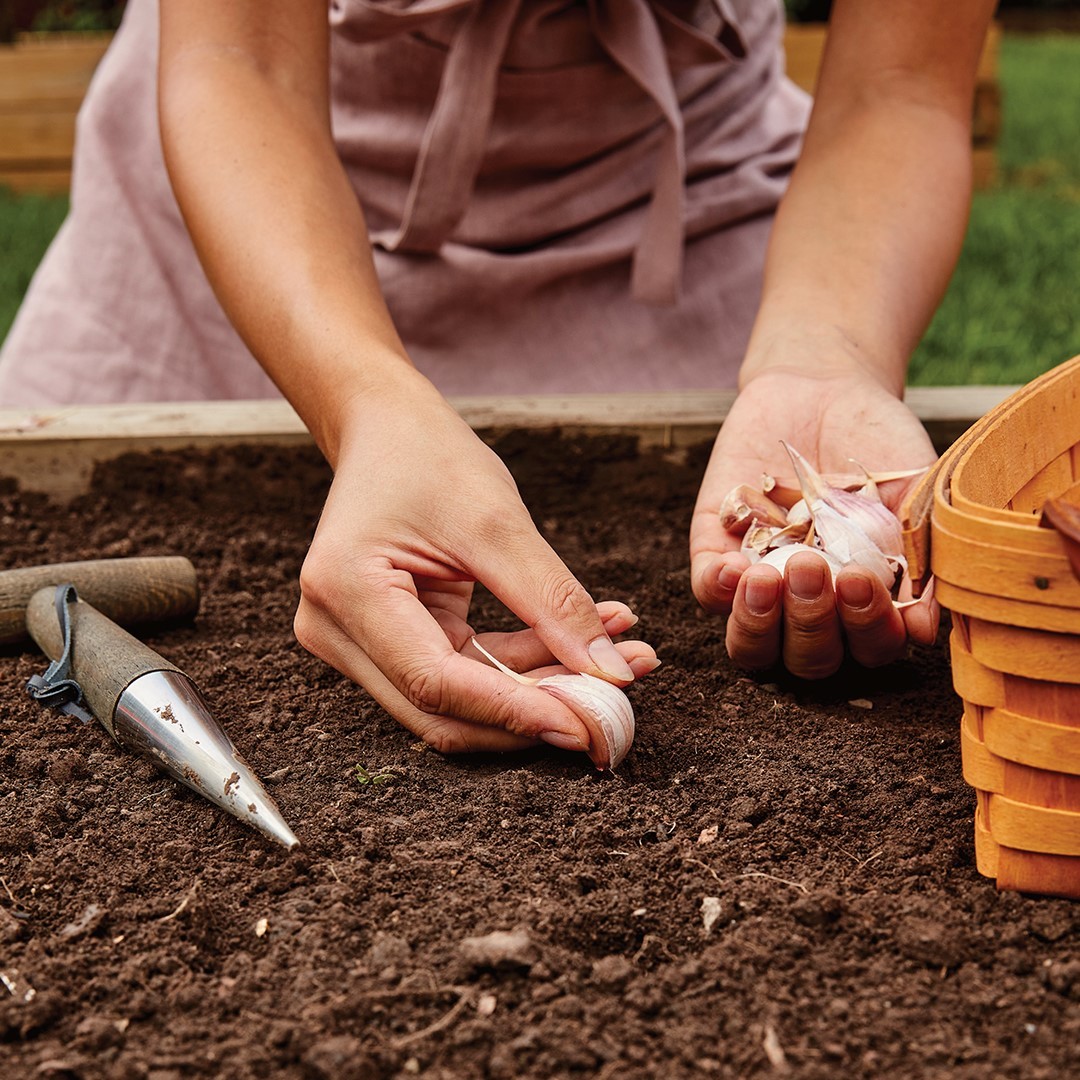
Plant your bulbs in well-draining soil and cover them with mulch to help protect against temperature fluctuations. Garlic grow from @ burpeegardening
Just because summer crops are done doesn’t mean your garden has to be bare! Fall is a fantastic time to plant cool-weather crops like kale, spinach, and lettuce. These hardy greens thrive in lower temperatures and can even survive a light frost, giving you a fresh harvest well into the season.
Don’t forget to plant spring-blooming bulbs, too. Tulips, daffodils, and crocuses need time to establish roots before winter sets in, and they’ll reward you with a stunning display come springtime.
6. Protect Your Perennials and Shrubs
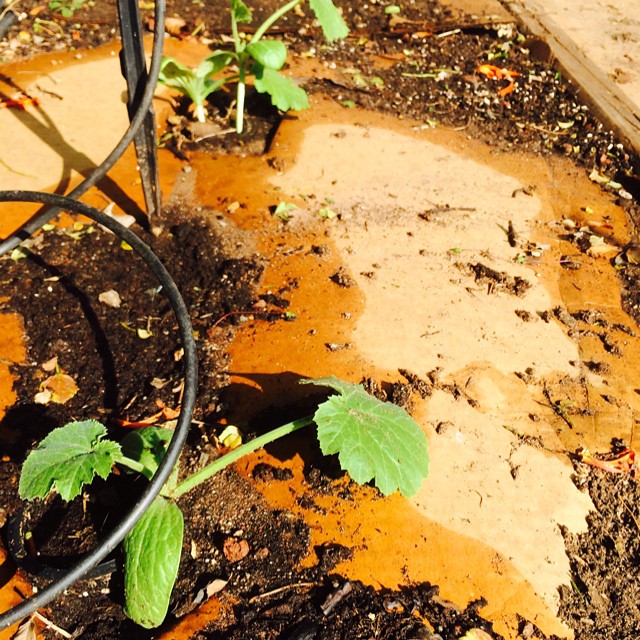
Using cardboard mulch in your fall garden not only keeps pesky weeds at bay and locks in moisture, but also slowly transforms into nutrient-rich soil, giving your garden a boost for next season’s growth. Cardboard mulch from @ calcuisine
Your perennials and shrubs might be built to withstand the cold, but they still appreciate a little extra help as fall progresses. After the first frost, apply a thick layer of mulch around the base of your plants to insulate their roots. For extra tender plants, consider covering them with burlap or frost cloth to shield them from harsh winds and freezing temperatures.
For shrubs, especially those prone to snow damage, you might want to loosely tie them together with twine. This helps prevent branches from snapping under the weight of snow.
7. Tend to Your Soil’s Health
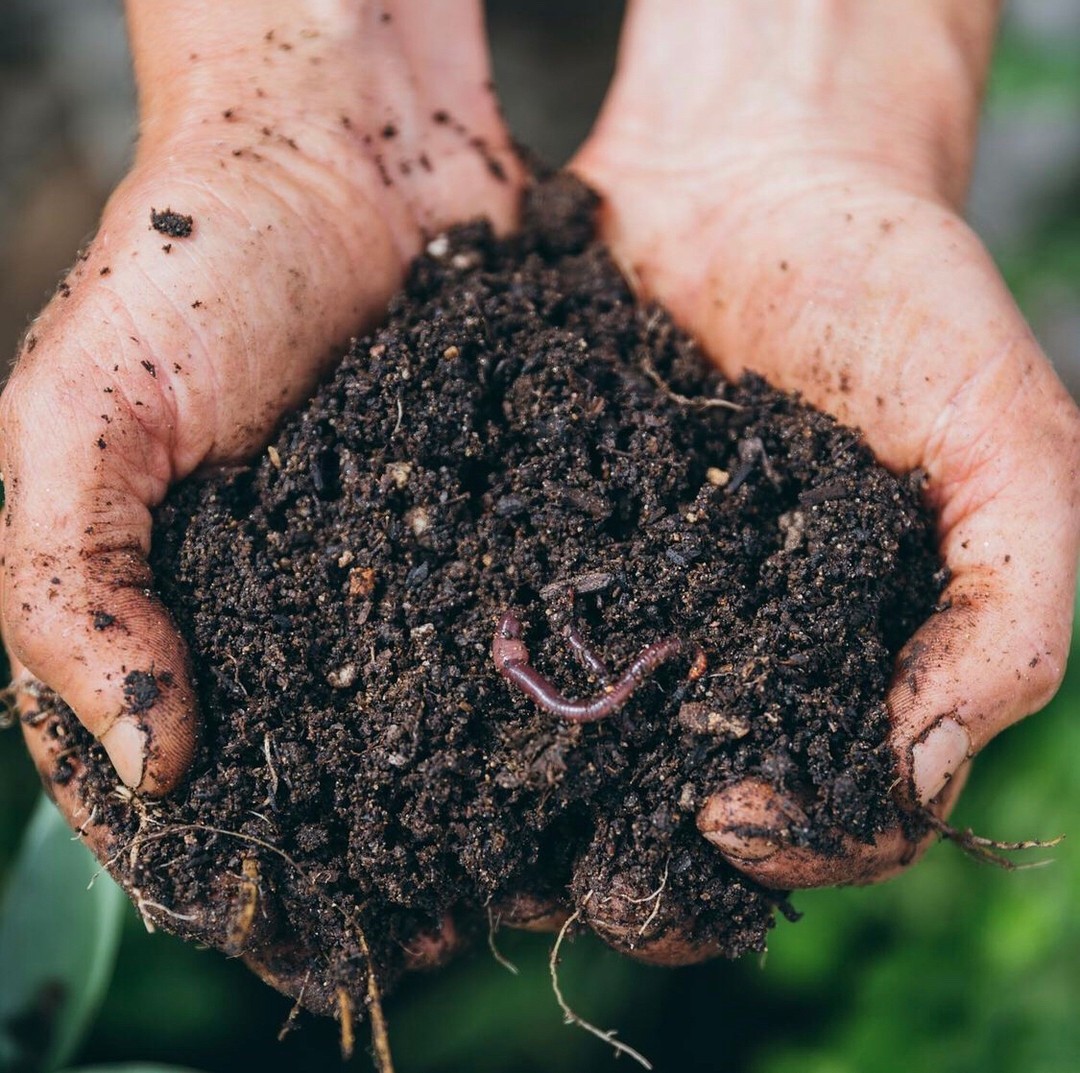
Fall is a great time to test your soil’s pH and amend it as needed. If your soil is too acidic or too alkaline, now is the time to add lime or sulfur to adjust its balance. Organic farming from @ biodynamicuk
While plants may be the stars of the garden, healthy soil is the foundation of a thriving one. Adding organic matter like compost or well-rotted manure to your garden beds can also enrich the soil. This extra nourishment helps keep your garden’s ecosystem in harmony, ensuring that next season’s plants get off to a strong start.
8. Don’t Forget to Plan for Pests
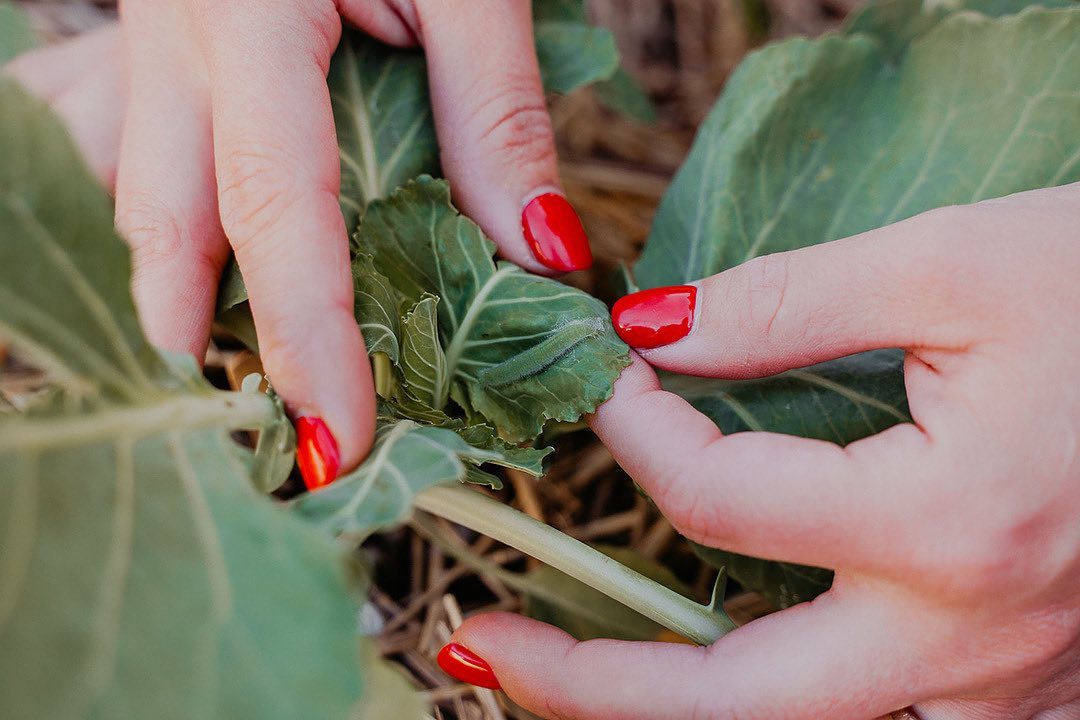
If you’re dealing with particularly persistent pests, consider using organic methods like neem oil, diatomaceous earth, or even attracting natural predators like birds and beneficial insects to keep things in balance. Garden pest from @ denverkitchengardens
As the weather cools, pests like slugs, snails, and rodents might start seeking out cozy hiding spots in your garden. Keep an eye out for any signs of infestation. You can deter pests by keeping the garden tidy—don’t leave rotting plants or debris lying around, as these can attract unwanted guests.
9. Take Care of Your Tools
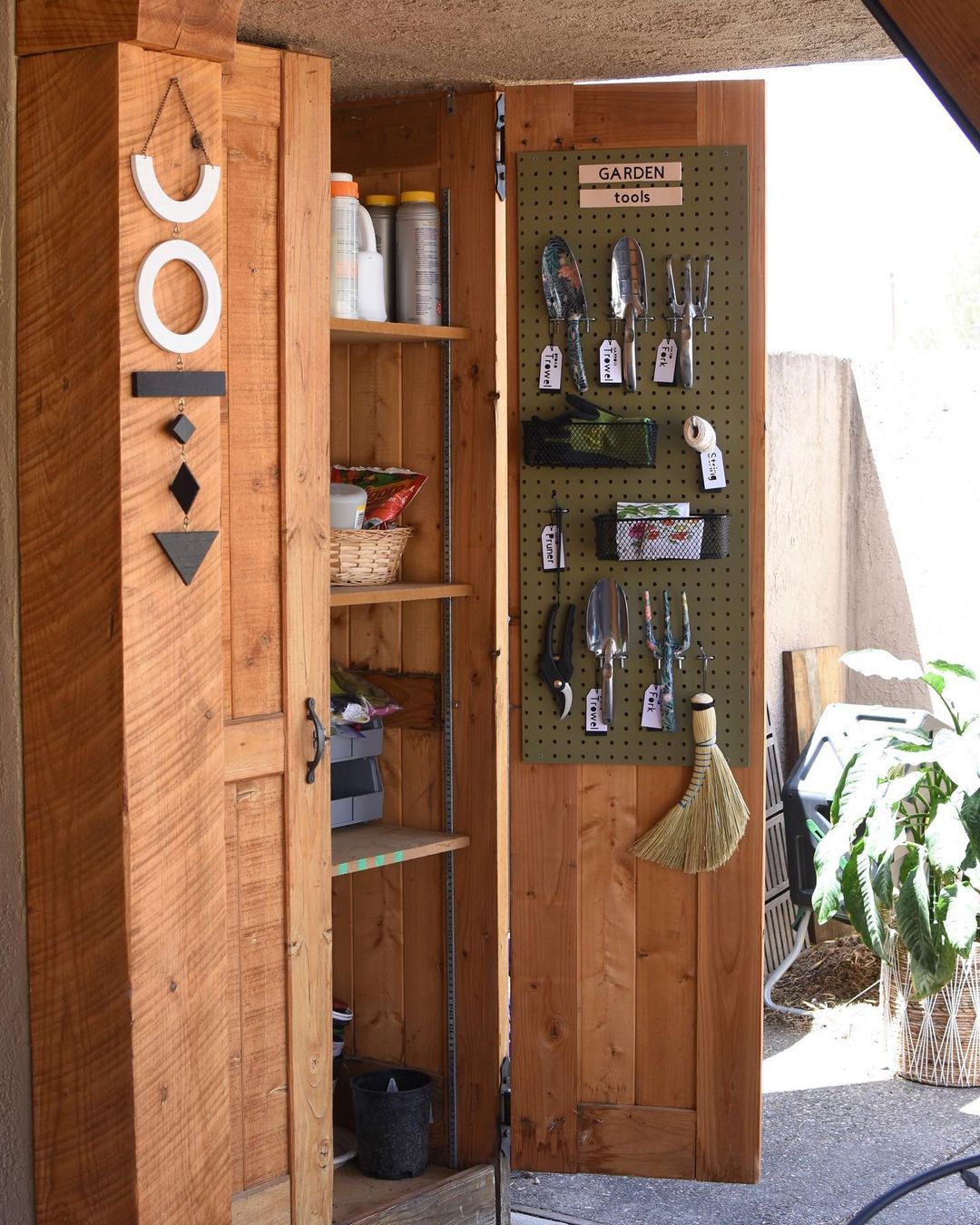
Taking care of your tools now means they’ll be ready to work when you need them next spring. Plus, properly maintained tools are easier to use and less likely to damage your plants. Garden tools from @ delineateyourdwelling
As the garden begins to slow down, it’s time to focus on another often overlooked aspect of gardening—your tools. Clean, sharpen, and oil your garden tools before storing them away for the winter.
By following these simple steps, you’ll ensure your garden not only survives but thrives through the fall and beyond. With a little effort now, your garden will be well-prepped for winter and ready to burst into life when spring arrives!


